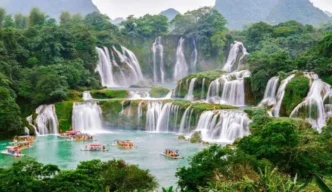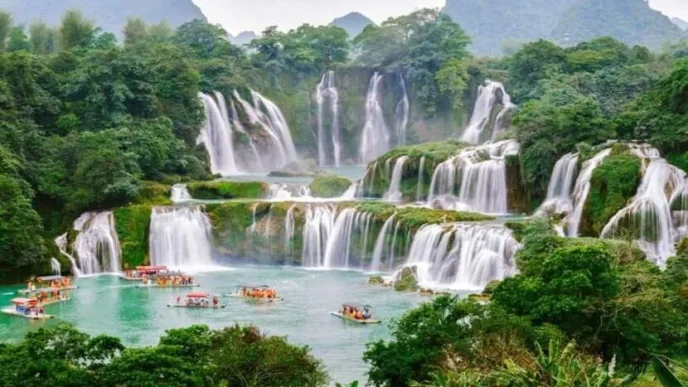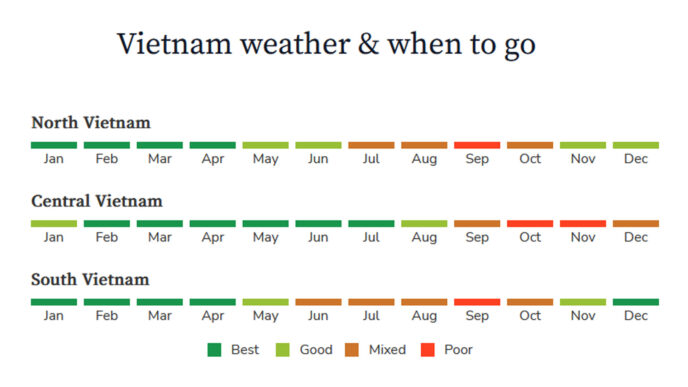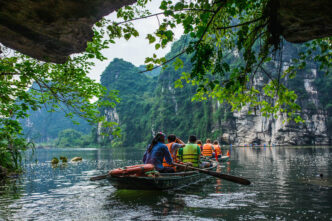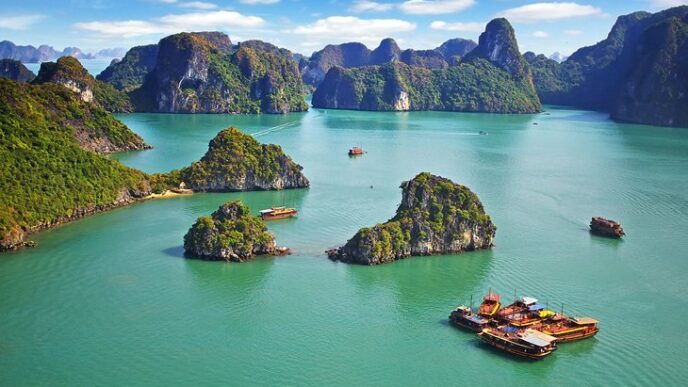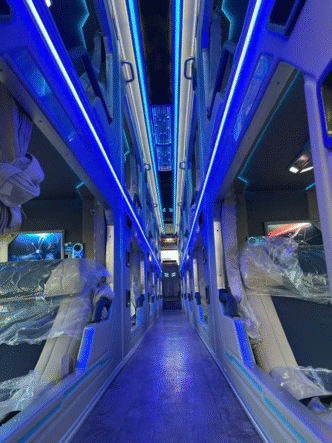Top Vietnam Photos: A Visual Journey Through the Beauty of Vietnam
Vietnam is a country filled with stunning landscapes, vibrant culture, and historical landmarks that will leave you in awe. From its bustling cities to its tranquil countryside, Vietnam offers some of the most beautiful and captivating photographic opportunities in Southeast Asia. Whether you are a seasoned photographer or simply someone who appreciates natural beauty, Vietnam is a destination that should be on your radar. In this article, we will explore the top Vietnam photos that capture the essence of this incredible country.
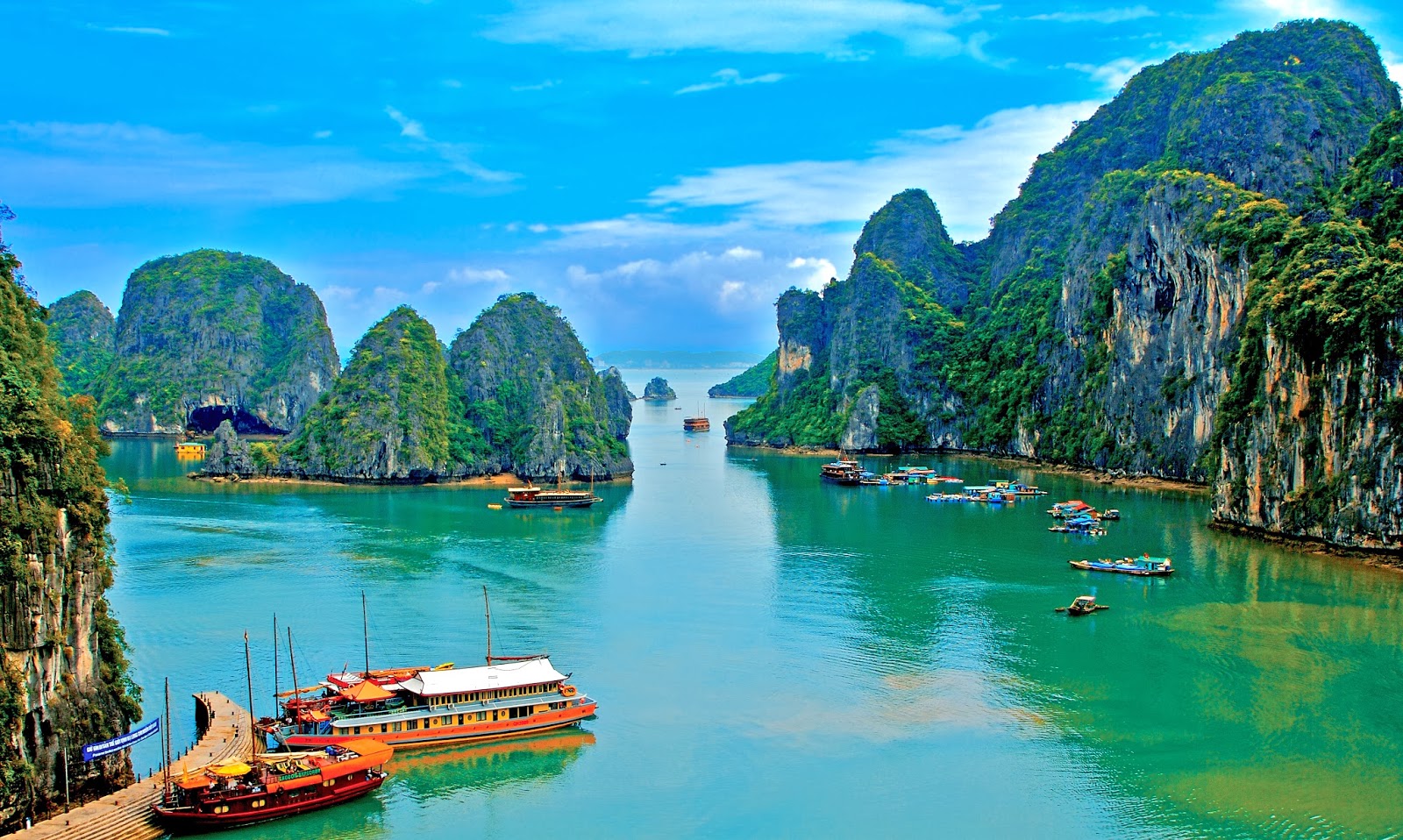
1. Halong Bay: A Majestic Seascape
One of the most iconic images of Vietnam is that of Halong Bay. Located in the northern part of the country, Halong Bay is known for its thousands of limestone islands and islets that rise dramatically from the emerald waters of the Gulf of Tonkin. This UNESCO World Heritage site is a must-visit for anyone wanting to capture the natural beauty of Vietnam.
Why Halong Bay Makes for Stunning Photos:
-
Dramatic limestone formations: The bay is dotted with towering cliffs and hidden caves that create a breathtaking backdrop for any photograph.
-
Crystal-clear waters: The calm and clear waters of Halong Bay make it perfect for capturing reflections of the surrounding islands.
-
Floating fishing villages: These traditional floating homes provide a glimpse into the everyday life of the locals.
For the best shots, consider a sunrise or sunset cruise, as the changing light can create a magical atmosphere in your photos.
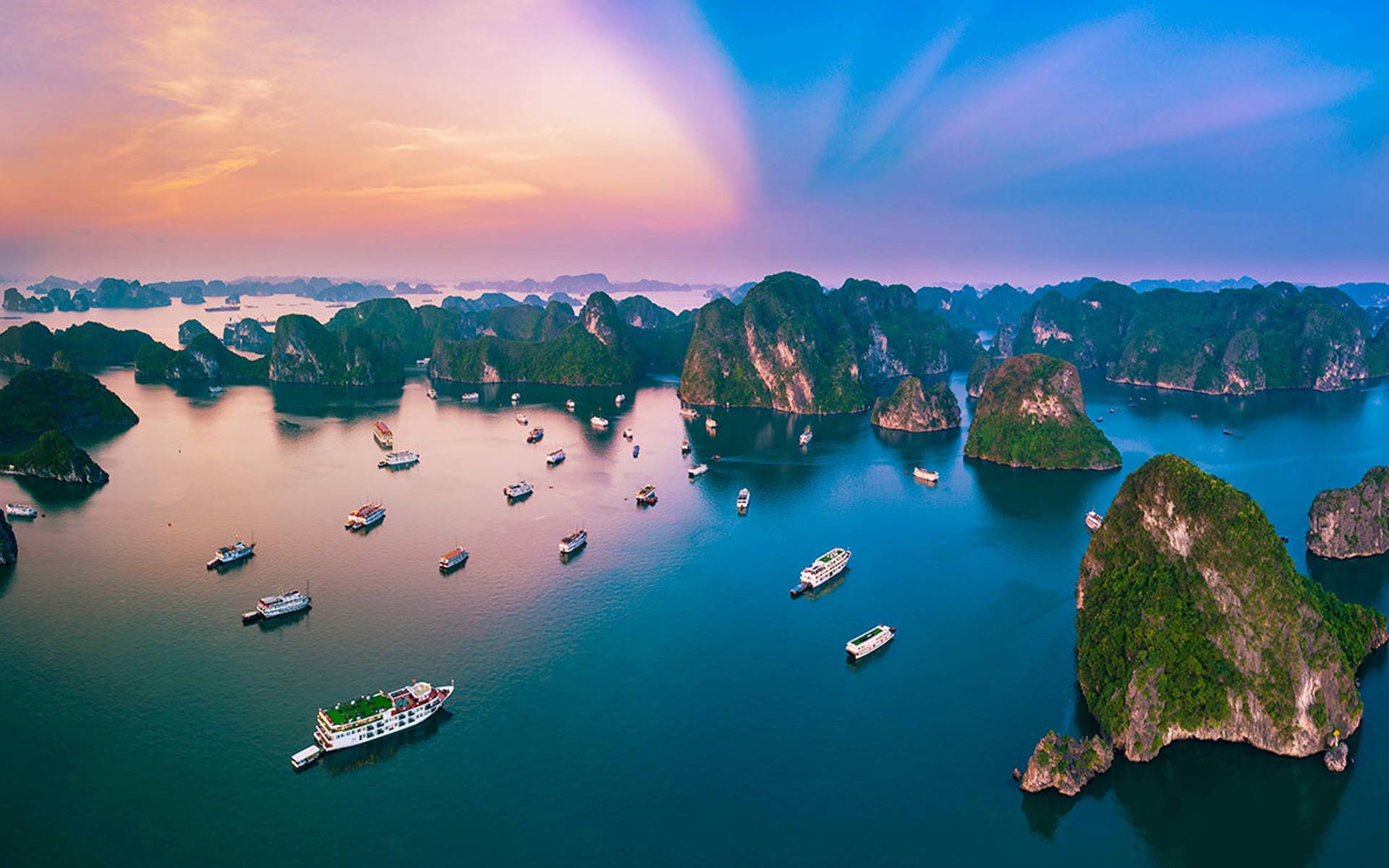
2. Ban Gioc Waterfall: Nature’s Power in Motion
Located on the border between Vietnam and China, Ban Gioc Waterfall is one of the most stunning waterfalls in Asia. The waterfall cascades down in three levels, creating a spectacular display of nature’s power and beauty. Surrounded by lush greenery and the tranquil Trung Khanh District, it’s an excellent place for photographers to capture the raw beauty of Vietnam’s natural landscapes.
Key Features of Ban Gioc Waterfall:
-
Incredible height: The waterfall is one of the largest in Vietnam and offers great panoramic views from different vantage points.
-
Dramatic scenery: The lush greenery around the waterfall adds depth and contrast to the image.
-
Mist and rainbows: On sunny days, you can capture vibrant rainbows formed by the mist from the waterfall.
Ban Gioc Waterfall is truly one of Vietnam’s hidden gems, offering photographers the chance to capture the magnificence of nature.
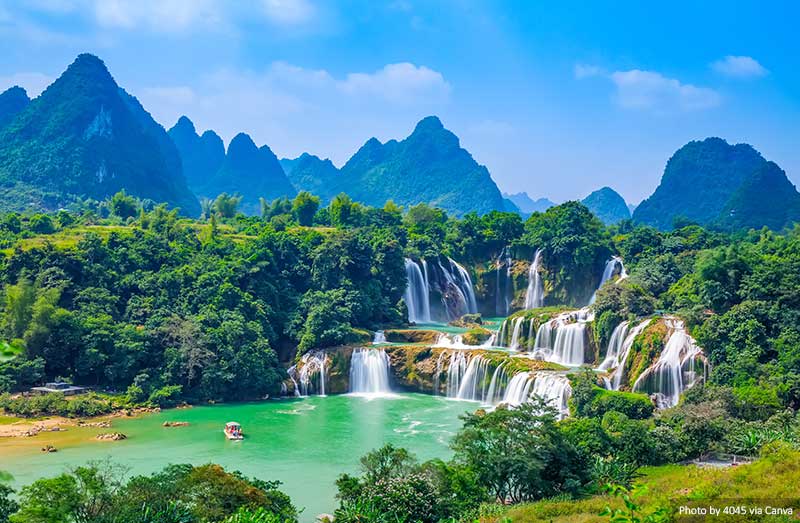
3. Phong Nha-Kẻ Bàng National Park: A UNESCO Treasure
Phong Nha-Kẻ Bàng National Park is another UNESCO World Heritage site that is home to some of the most stunning caves and karst landscapes in Vietnam. This park is known for its cavernous beauty and sprawling forests, making it a perfect spot for dramatic, awe-inspiring photos.
Highlights of Phong Nha-Kẻ Bàng:
-
Son Doong Cave: The largest cave in the world, which can hold an entire skyscraper inside.
-
Phong Nha Cave: A majestic limestone cave with crystal-clear waters, perfect for creating striking compositions in photos.
-
Scenic trails: Hiking through the lush forests offers great opportunities for wildlife and landscape photography.
The surreal beauty of Phong Nha-Kẻ Bàng National Park can be captured through photos that showcase its diverse natural wonders.
4. Hoi An: A Snapshot of Vietnam’s Charm
Hoi An, a charming town in central Vietnam, is known for its well-preserved ancient streets and vibrant cultural scene. The town’s blend of French colonial architecture, Japanese influences, and local Vietnamese culture makes it one of the most photogenic places in the country. The lantern-lit evenings and golden-hour light create perfect conditions for stunning photographs.
Why Hoi An is a Photographer’s Dream:
-
Colorful lanterns: The town is famous for its lantern-lit streets, especially during the full moon when the entire town glows.
-
Charming streets: Explore narrow lanes filled with historic buildings, temples, and shops that exude old-world charm.
-
Cultural events: Hoi An’s markets and festivals provide endless opportunities to capture vibrant, cultural moments.
Hoi An offers a great opportunity for photographers to capture the fusion of history, architecture, and culture.
5. Sapa: The Beauty of the Northern Highlands
Sapa, located in the northern mountains of Vietnam, is known for its terraced rice fields, stunning mountain views, and ethnic minority villages. It’s one of the best places in Vietnam to capture the raw beauty of rural life and the spectacular landscapes of the highlands.
Key Features of Sapa for Photography:
-
Terraced rice fields: The iconic fields, especially during the planting and harvesting seasons, offer beautiful, layered shots.
-
Majestic mountain views: The towering peaks of Fansipan and the misty valleys are perfect subjects for landscape photography.
-
Local ethnic culture: The ethnic minority groups in Sapa provide a fascinating cultural backdrop, offering rich, vibrant scenes for photographers.
Sapa is a destination that beautifully blends natural landscapes with local traditions, perfect for photographers seeking to capture the essence of rural Vietnam.
6. Hue: A Glimpse into Vietnam’s Imperial Past
Hue, the former imperial capital of Vietnam, is home to some of the most impressive historical landmarks in the country. The Imperial City and its ancient palaces, temples, and royal tombs offer photographers the chance to capture the grandeur and rich history of Vietnam.
What Makes Hue Perfect for Photography:
-
Imperial City: The historic citadel and its ornate buildings are perfect subjects for architectural photography.
-
Royal tombs: The tombs of past emperors, surrounded by lush gardens, create serene and majestic images.
-
Ancient temples: The temples scattered across Hue offer insight into Vietnam’s rich cultural heritage and religious traditions.
The combination of royal architecture, ancient monuments, and natural beauty makes Hue an unforgettable destination for photographers.

7. Mekong Delta: Life on the Water
The Mekong Delta, known as the “Rice Bowl of Vietnam,” offers a fascinating glimpse into rural life along the waterways. The floating markets, traditional boats, and lush greenery make this region a photographer’s paradise.
Photography Opportunities in the Mekong Delta:
-
Floating markets: The vibrant colors and activity of the floating markets offer unique photo opportunities.
-
Traditional wooden boats: The boats used by locals are a distinctive part of daily life in the delta and make for great cultural shots.
-
River landscapes: The peaceful river scenes, especially during sunrise or sunset, are perfect for capturing the natural beauty of the region.
The Mekong Delta offers a unique blend of cultural, environmental, and human elements, making it a must-visit for photographers.
FAQs About Vietnam Photography
1. What are the best times to visit Vietnam for photography?
The best times for photography in Vietnam are during the dry season (from November to April), when the weather is clear, and the landscapes are vibrant.
2. Do I need a professional camera to take great photos in Vietnam?
While a professional camera can help, you don’t need one to capture stunning photos. A smartphone camera with a good lens and editing apps can also do the job.
3. What should I pack for photography in Vietnam?
In addition to your camera gear, pack comfortable shoes, a waterproof bag for your gear, and extra batteries. Vietnam’s weather can be unpredictable, so be prepared for rain.
4. Are there photography tours available in Vietnam?
Yes, there are several photography tours in Vietnam that guide you to the best spots for capturing the country’s beauty, from Hanoi to Sapa.
Conclusion: Capture the Magic of Vietnam
Vietnam is a country that offers endless photographic opportunities, from the majestic landscapes of Halong Bay to the vibrant culture of Hoi An. Whether you’re a professional photographer or an amateur, the country’s diverse scenery and rich history will provide you with the perfect subjects to capture. So pack your camera, plan your trip, and get ready to capture the magic of Vietnam through your lens.


